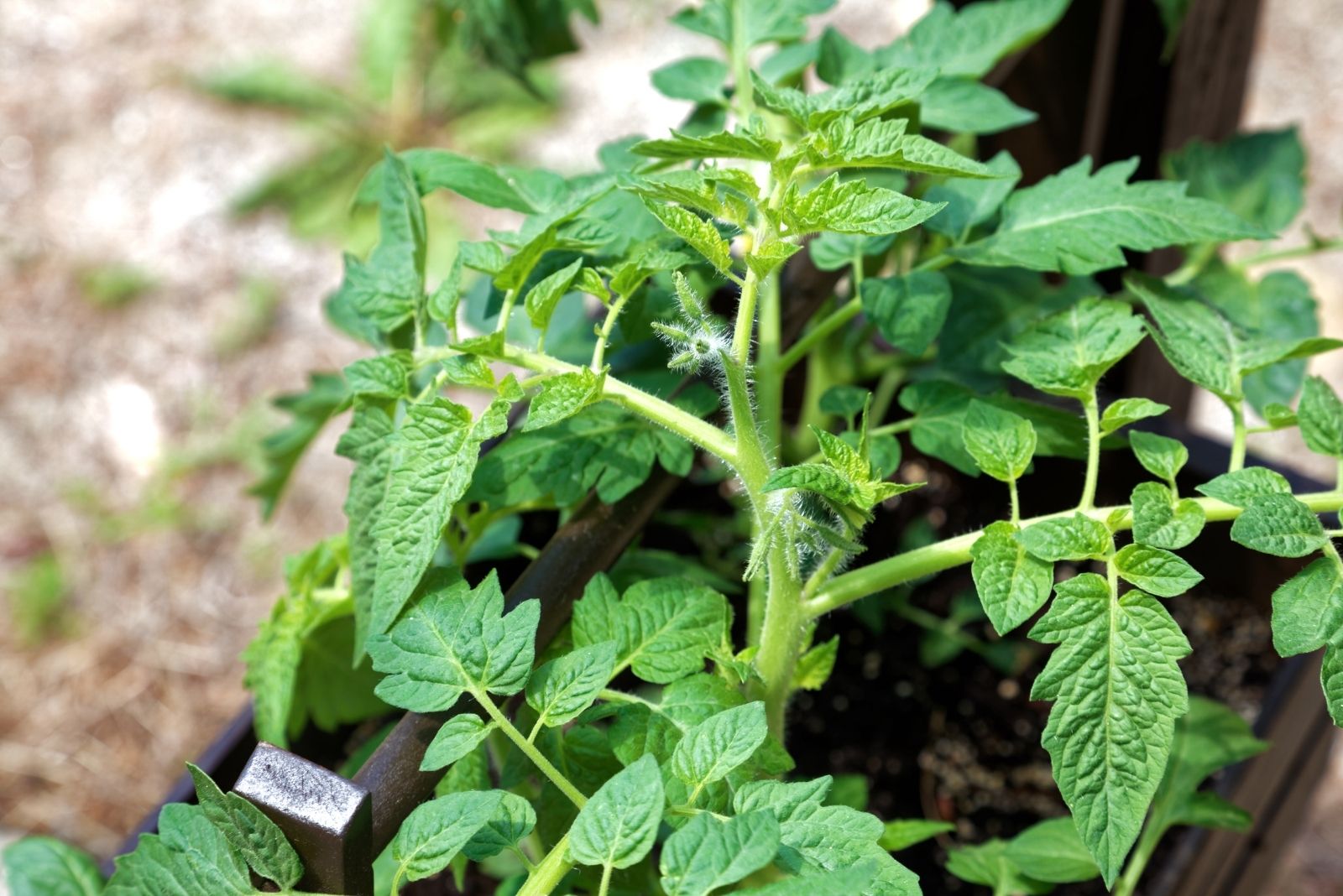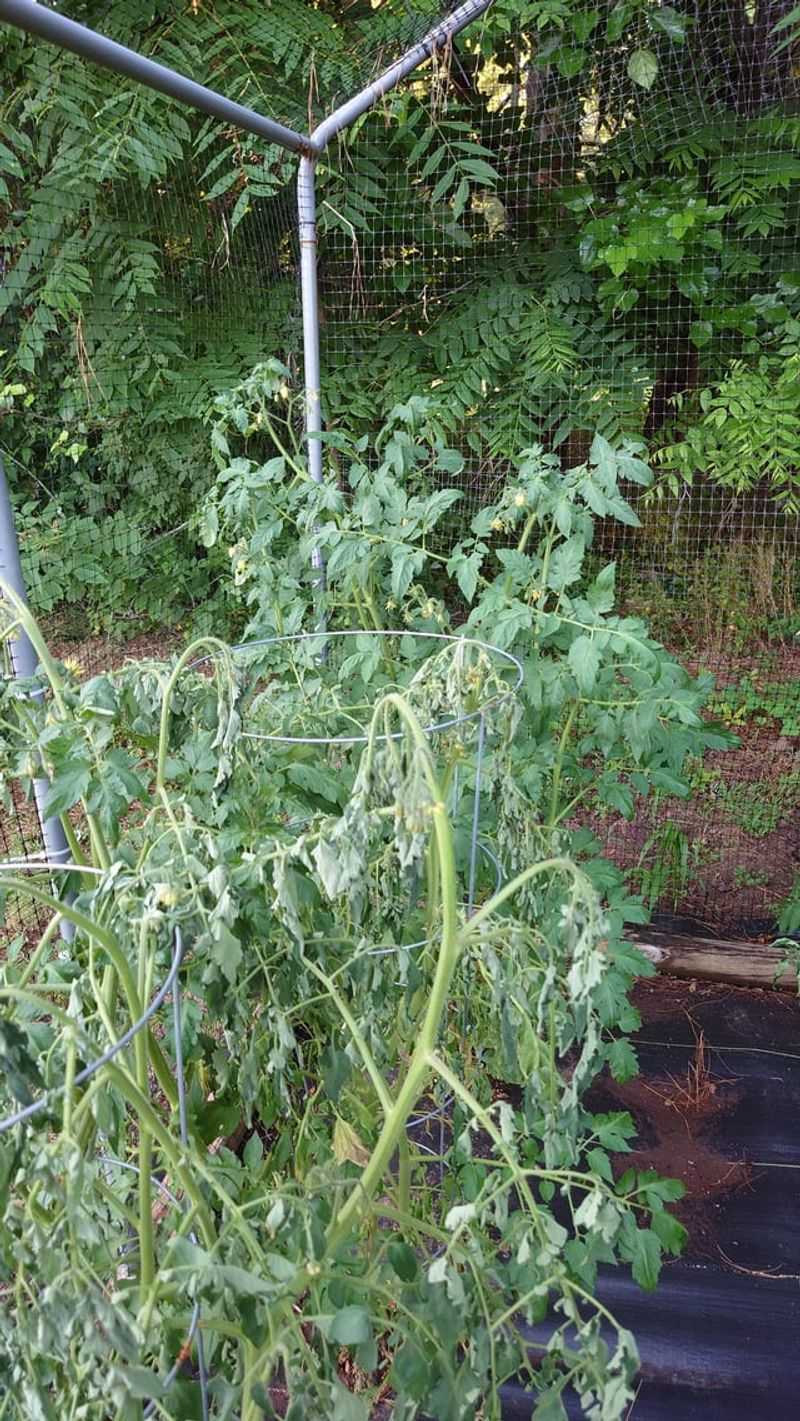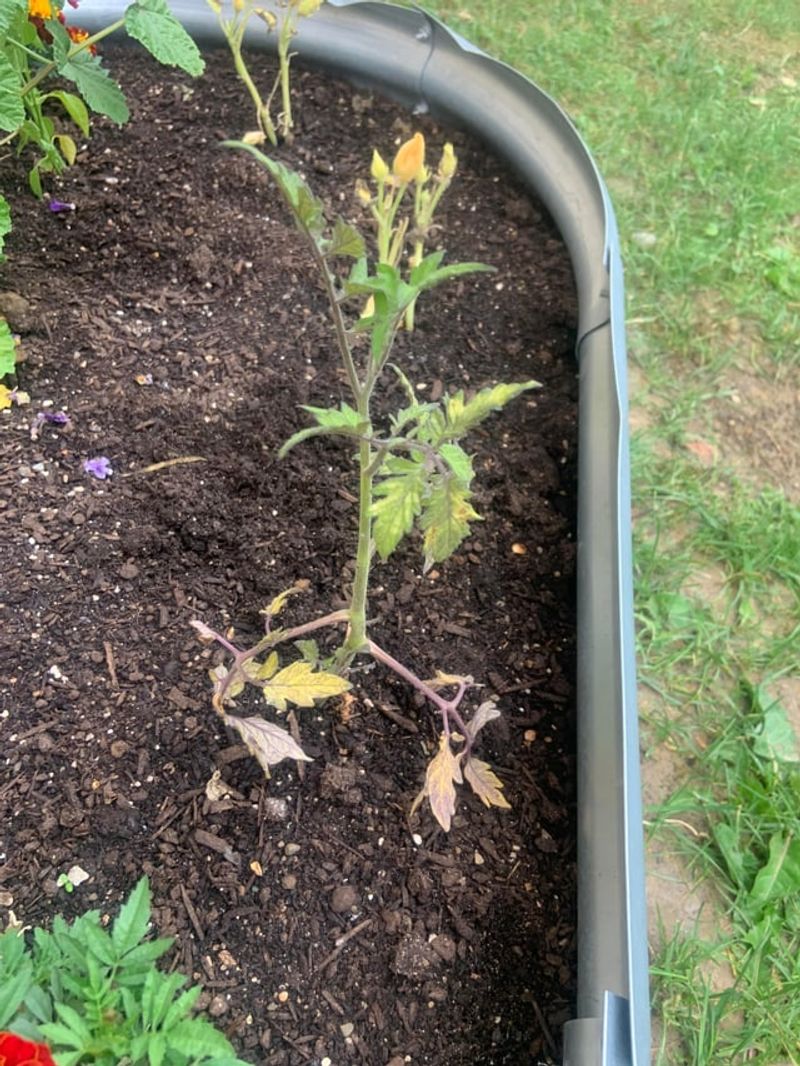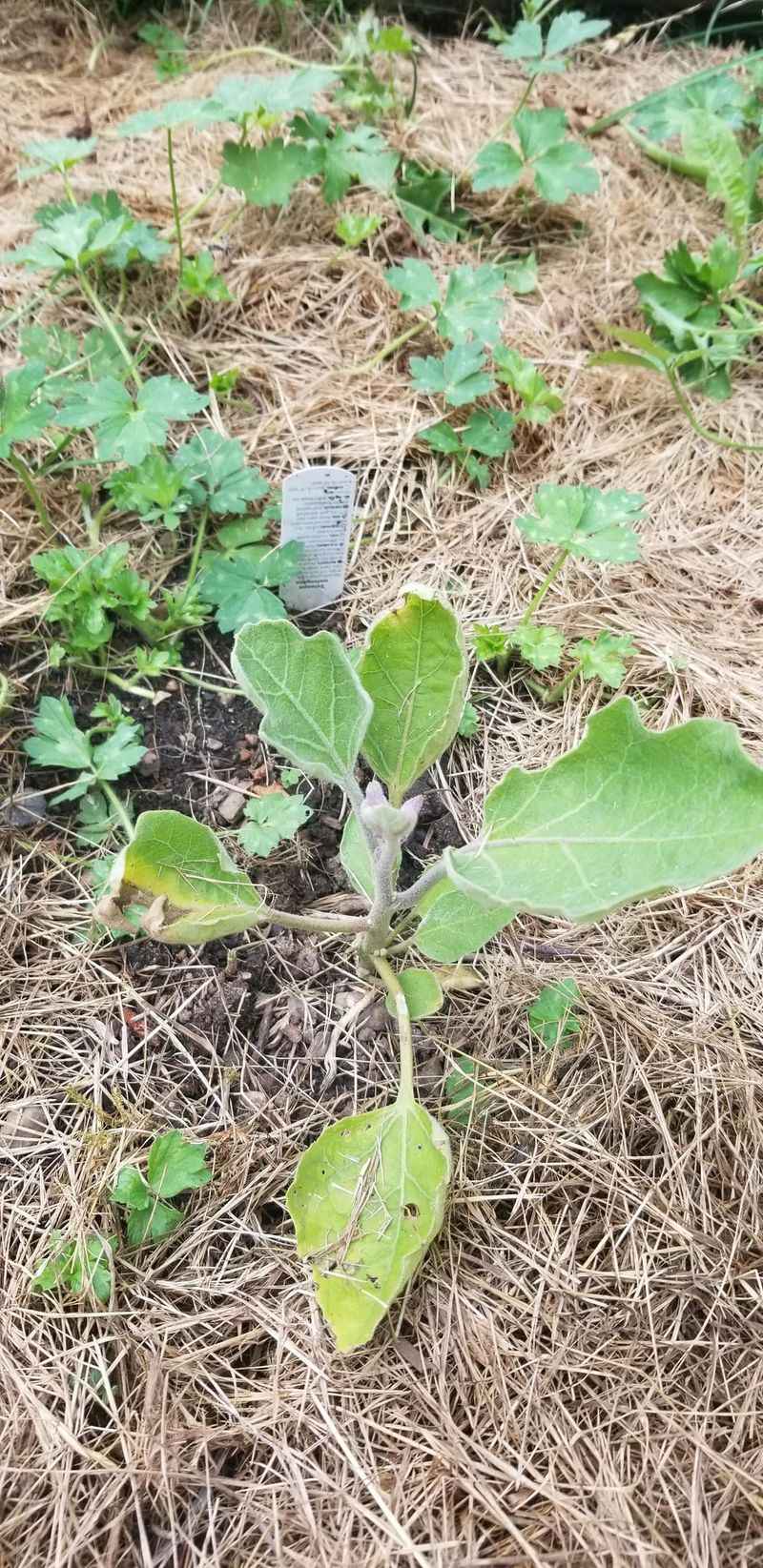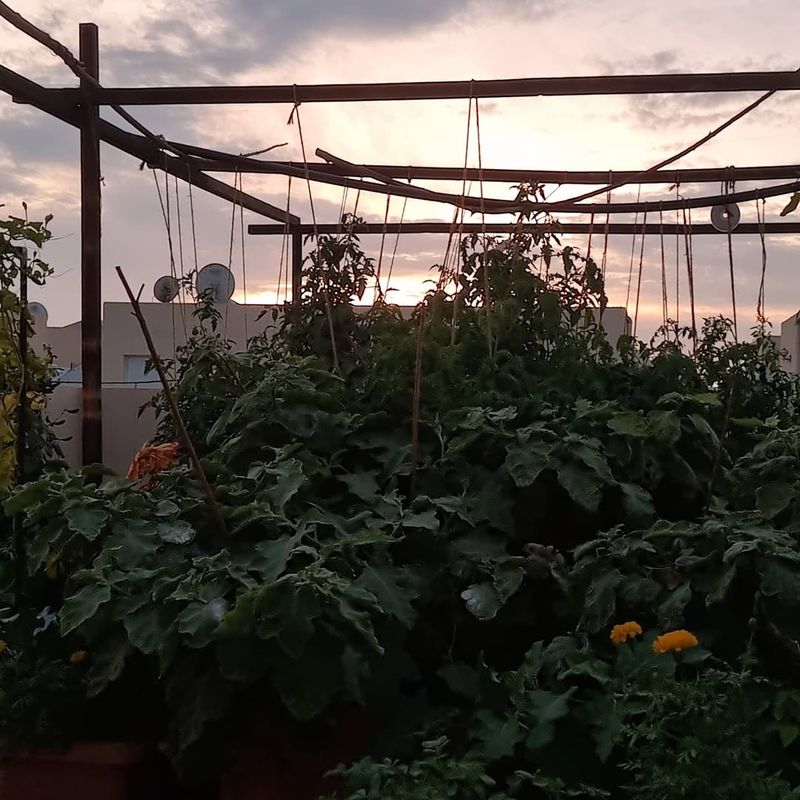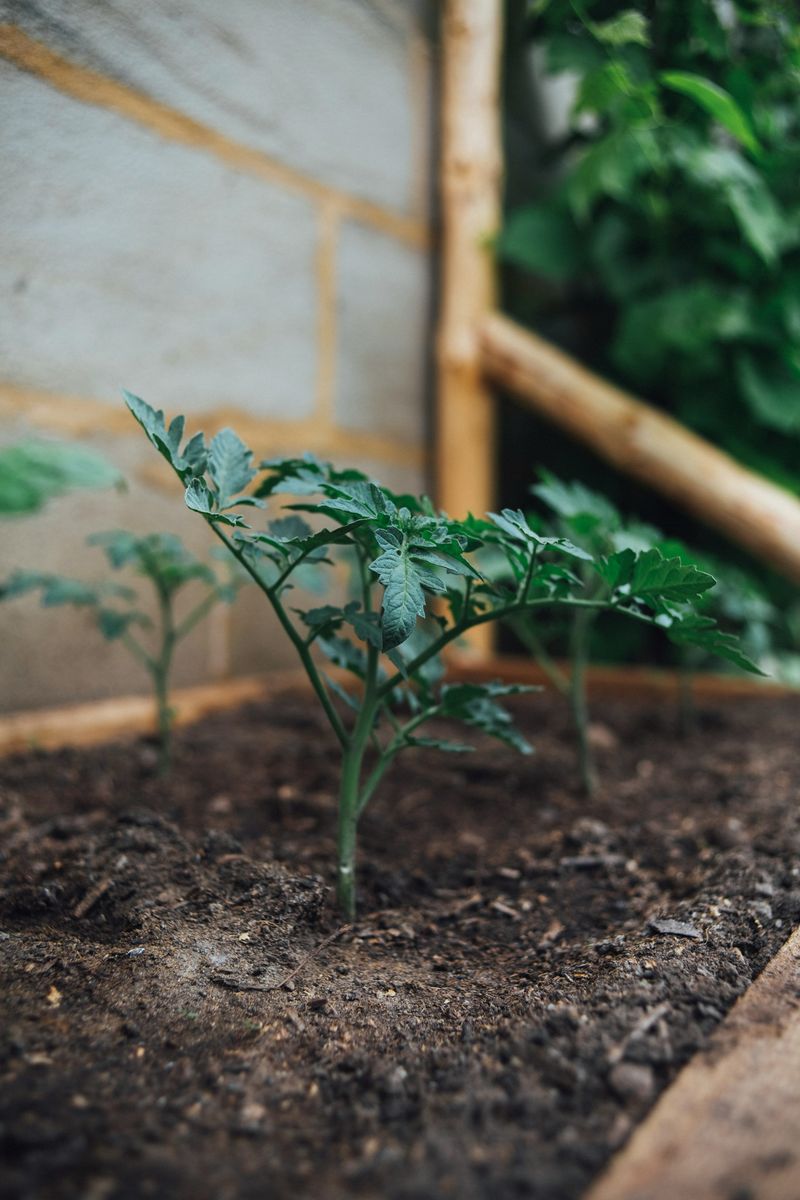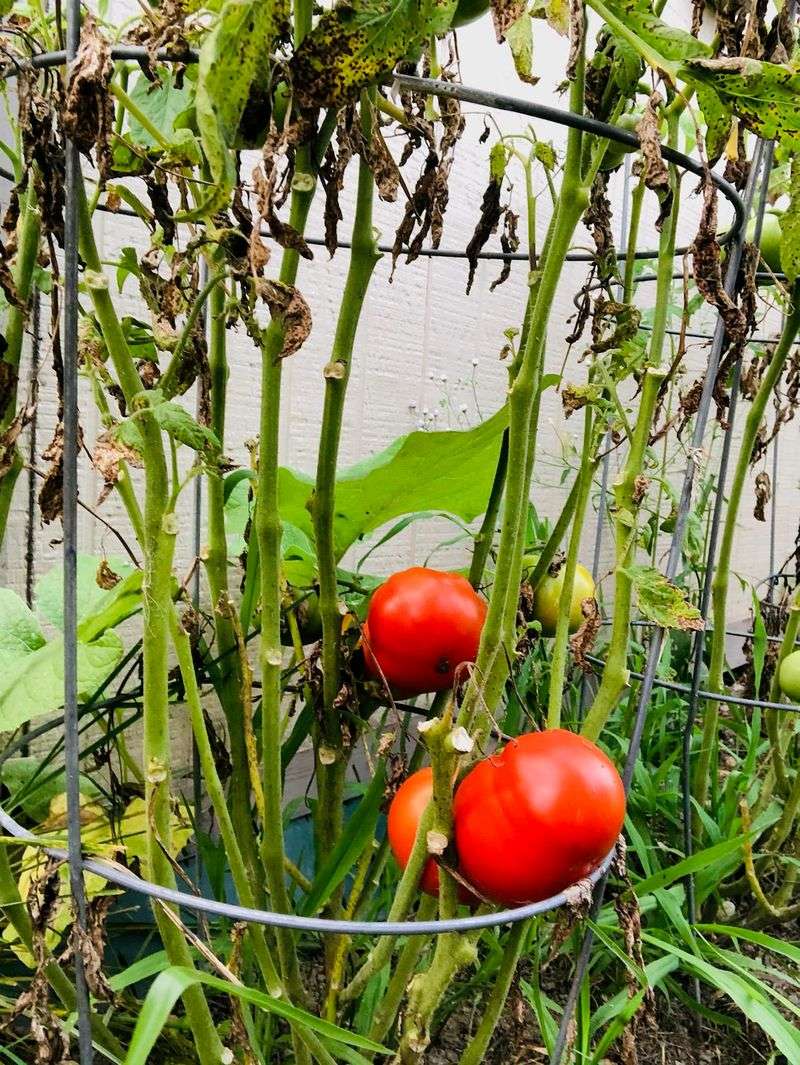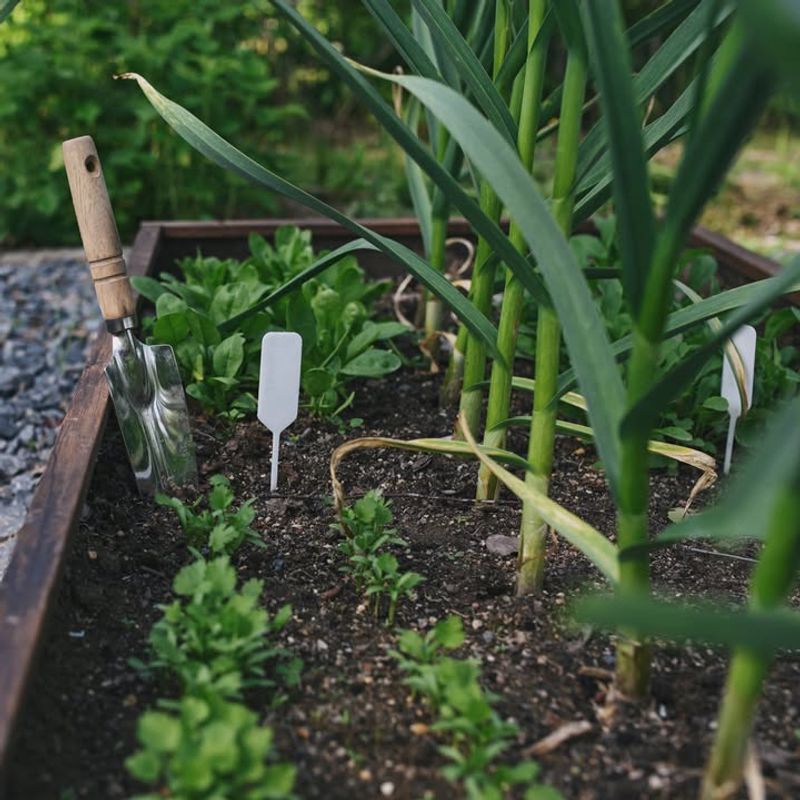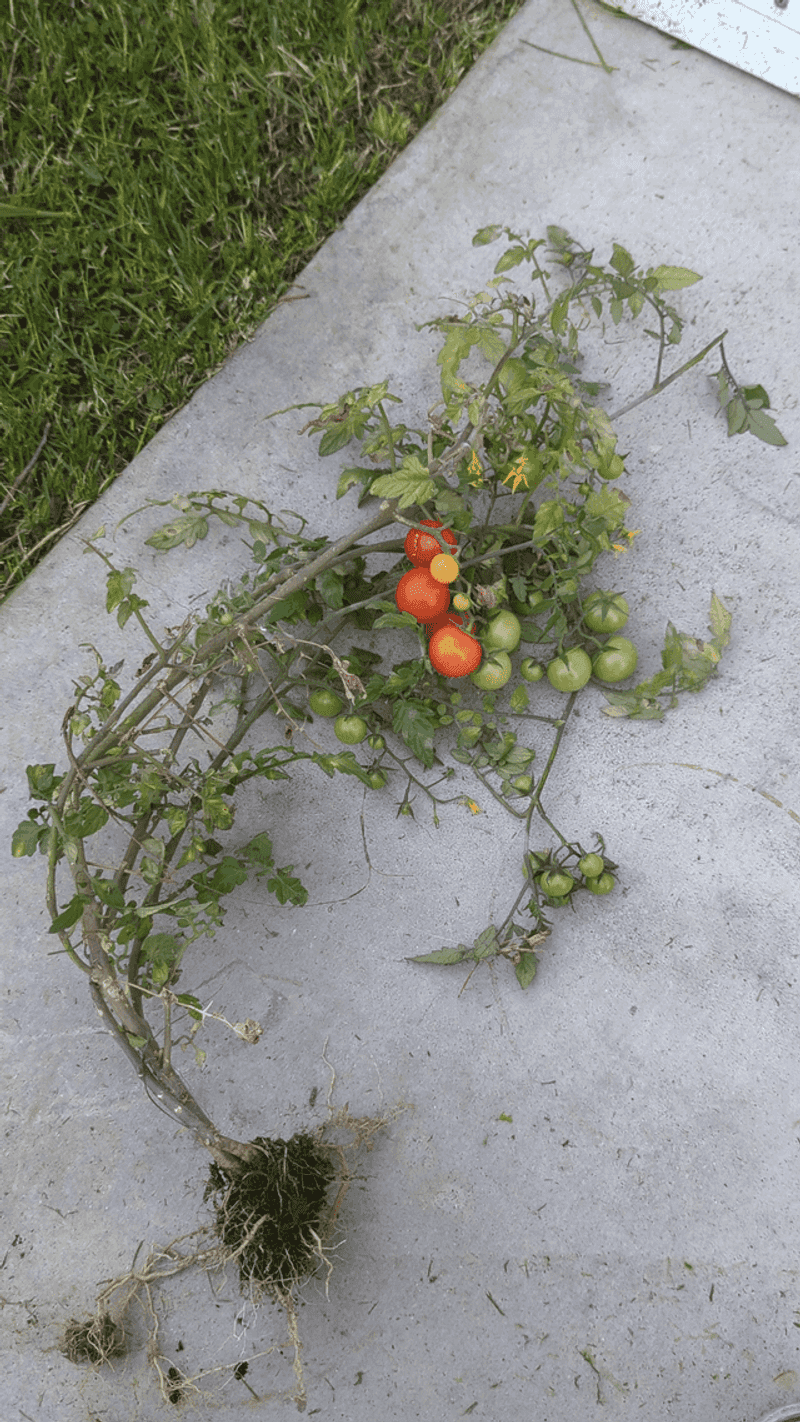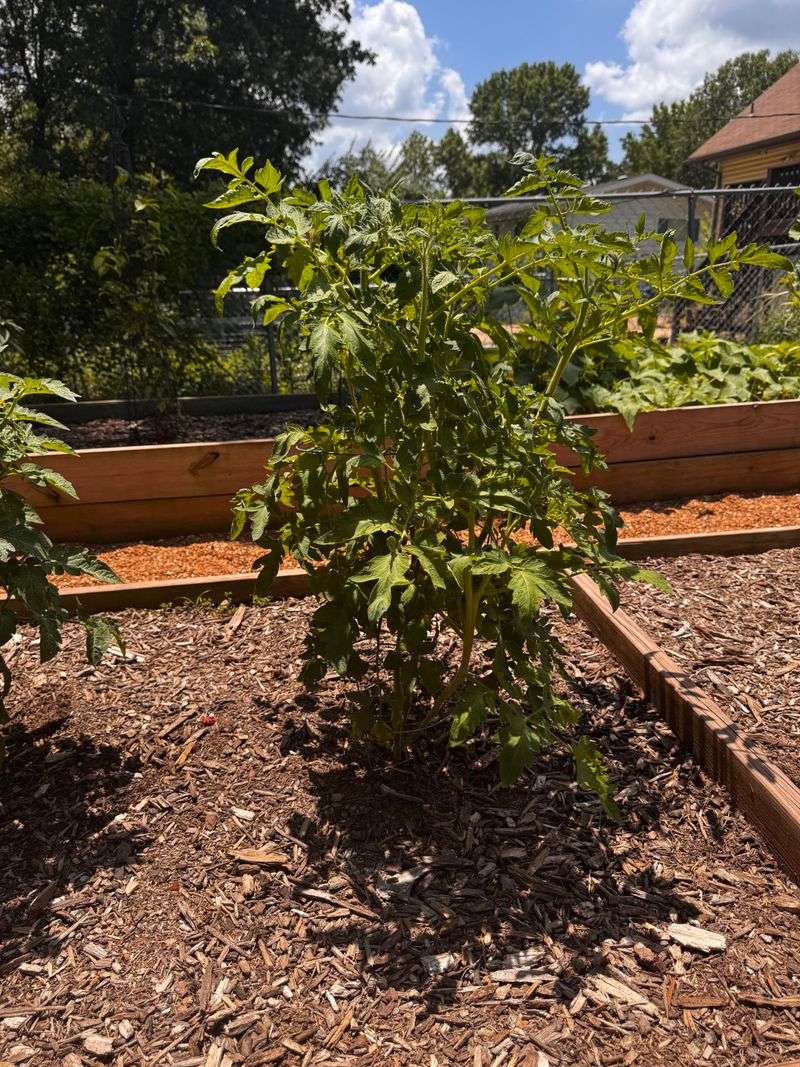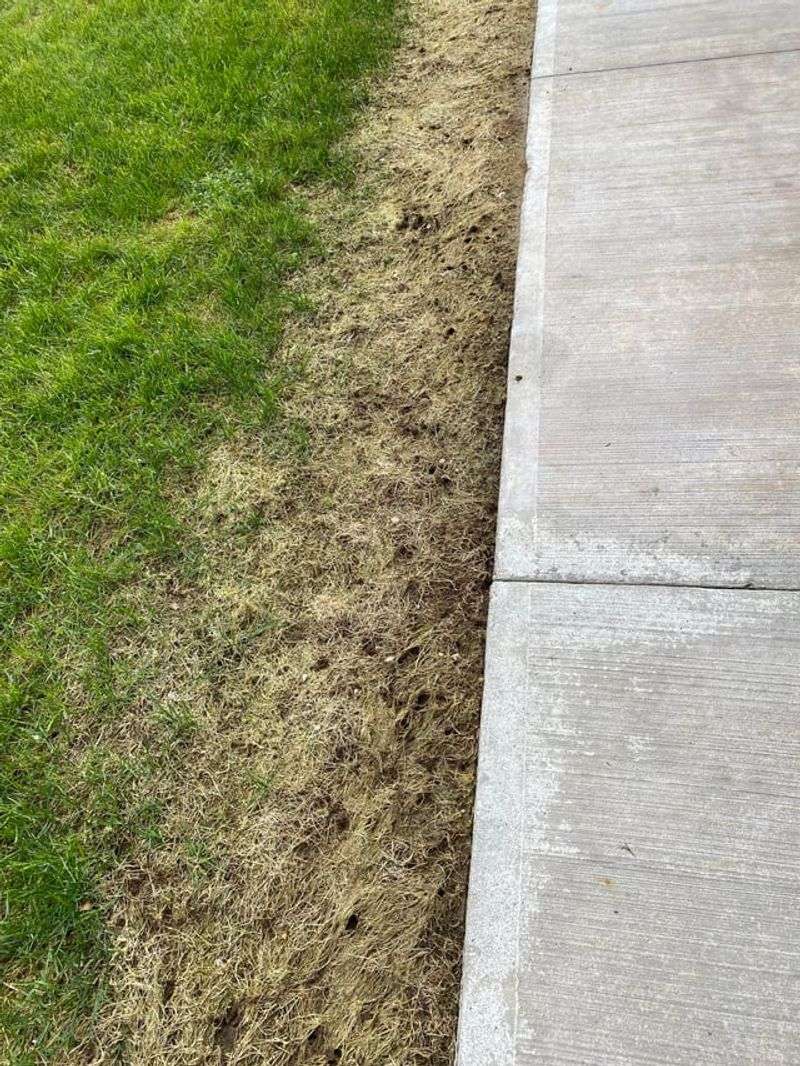Growing tomatoes in Missouri comes with unique challenges that can surprise even experienced gardeners. Our unpredictable weather, heavy clay soil, and humidity swings mean that where you plant matters just as much as how you care for your crop.
Choosing the wrong spot can lead to stunted growth, disease, and disappointing harvests, so knowing which locations to avoid is essential for success.
1. Near Black Walnut Trees
Black walnut trees release a chemical called juglone through their roots, leaves, and bark. This substance is highly toxic to tomatoes and will cause them to wilt, yellow, and eventually die within days of planting.
The toxin spreads through the soil in a wide radius, sometimes reaching fifty feet or more from the trunk. Even fallen leaves and decaying nuts can contaminate your garden beds for months.
In my own Missouri garden, I’ve learned to keep tomatoes far away from any walnut tree, no matter how tempting that shady spot might look in summer.
2. In Compacted Or Poorly Drained Soil
Heavy clay soil is common across Missouri, and without proper preparation, it becomes a death trap for tomato roots. Water sits on the surface instead of draining, which suffocates roots and invites fungal diseases like root rot.
Compacted ground also prevents roots from spreading out to access nutrients and moisture. Your plants will stay small, produce fewer fruits, and struggle through every rainstorm.
Amending the soil with compost or planting in raised beds solves this issue. From what I’ve seen, this mistake is easy to make if you’re new to Missouri gardening.
3. Too Close To Peppers, Potatoes, Or Eggplants
Planting tomatoes alongside other nightshade family members seems harmless, but it creates a perfect environment for disease spread. Early blight, late blight, and verticillium wilt jump easily between these relatives.
Peppers, potatoes, and eggplants share the same vulnerabilities, so grouping them together multiplies your risk. One infected plant can wipe out your entire nightshade section in a matter of weeks.
Spacing these crops far apart or rotating them yearly helps break the disease cycle. Companion planting with basil or marigolds offers better protection and healthier growth overall.
4. Shady Or Low-Light Areas
Tomatoes are sun worshippers and need at least six to eight hours of direct light daily to thrive. Planting them under trees or on the north side of structures leaves them weak and unproductive.
Without enough sunlight, plants grow tall and leggy as they stretch toward the light. Fruit production drops dramatically, and what does grow often stays green and fails to ripen properly.
Missouri summers get hot, but shade isn’t the solution for heat stress. Proper watering and mulching work much better while still giving your tomatoes the brightness they crave for a bountiful harvest.
5. In Spots With Fresh Or Uncomposted Manure
Fresh manure sounds like a great fertilizer, but it’s far too strong for young tomato plants. The high nitrogen content burns roots and foliage, causing more harm than good in the early stages of growth.
Uncomposted manure also harbors harmful bacteria like E. coli and salmonella, which can contaminate your harvest. Plus, it attracts pests and creates unpleasant odors around your garden space.
Aged compost or well-rotted manure applied months before planting works much better. This gives nutrients time to mellow and integrate safely into the soil without shocking your plants.
6. Locations With Poor Air Circulation
Missouri’s humidity creates ideal conditions for fungal diseases, and planting tomatoes in tight, crowded spaces makes the problem worse. Stagnant air keeps leaves damp longer after rain or morning dew, inviting mildew and blight.
Crowding plants together or placing them against walls and fences blocks airflow. This traps moisture and heat, turning your garden into a breeding ground for pathogens that spread rapidly.
Spacing plants at least two feet apart and using stakes or cages improves ventilation dramatically. Good airflow helps foliage dry faster and keeps your tomatoes healthier throughout the growing season.
7. Where Tomatoes Grew Last Year
Replanting tomatoes in the same spot year after year allows soil-borne diseases and pests to accumulate. Pathogens like fusarium wilt and nematodes lie dormant in the ground, waiting for their favorite host to return.
Crop rotation breaks this cycle by giving the soil time to recover and starving out these harmful organisms. Moving your tomatoes to a fresh bed every season reduces disease pressure significantly.
Rotating with crops like beans or lettuce, which aren’t susceptible to the same problems, also replenishes soil nutrients. For me, avoiding these spots made my Missouri tomatoes thrive the next summer.
8. Areas Exposed To Strong Winds
Strong winds can snap stems, tear leaves, and knock over even well-staked tomato plants. Missouri weather brings sudden storms and gusty conditions that leave unprotected gardens battered and broken.
Wind also dries out soil quickly and stresses plants, reducing their ability to set fruit. Flowers drop off before they can pollinate, and developing tomatoes may crack or fall prematurely.
Planting near fences, hedges, or using windbreaks provides shelter without blocking sunlight. Strategic placement protects your investment and keeps plants sturdy through unpredictable weather patterns common in our region.
9. Under Large Shade Trees
Large trees create more problems than just shade. Their extensive root systems compete aggressively with tomatoes for water and nutrients, leaving your vegetables starved and struggling to survive.
Tree roots spread far beyond the canopy, and they’re incredibly efficient at absorbing moisture from the soil. During Missouri’s dry spells, your tomatoes simply can’t compete with an established oak or maple.
Additionally, falling leaves and debris create a messy growing environment that harbors pests and diseases. Choosing an open garden spot away from tree dominance gives your tomatoes the resources they need to flourish.
10. Close To Driveways Or Streets
Planting near driveways or streets exposes your tomatoes to road salt, chemical runoff, and vehicle exhaust. These pollutants contaminate soil and can be absorbed by plants, affecting both growth and fruit quality.
Winter salt treatments linger in the soil for months, damaging roots and stunting development when spring arrives. Petroleum residues and heavy metals from traffic also accumulate over time, creating an unhealthy growing environment.
Keeping edible crops at least ten feet away from paved areas protects them from contamination. Cleaner soil means healthier plants and safer tomatoes for your family to enjoy throughout the harvest season.

